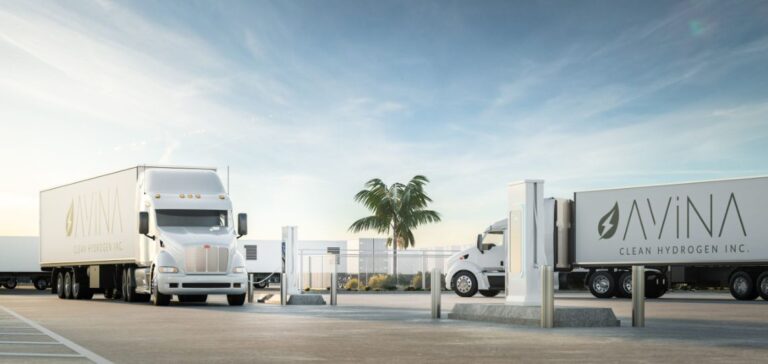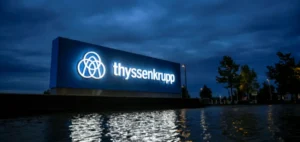Located in Vernon, California, just 10 miles from the Port of Long Beach, Avina Clean Hydrogen recently celebrated the start of construction on its flagship green hydrogen production project. This initiative marks a key milestone in Avina’s mission to reduce carbon emissions in the heavy-duty transportation sector while contributing to California’s ambitious clean energy objectives.
Avina expects this site to produce up to 4 metric tons per day of compressed green hydrogen, using an electrolysis process powered by clean electricity to separate water into hydrogen and oxygen. The facility is set to become one of the world’s largest integrated hydrogen production and refueling sites. It will provide essential infrastructure to replace diesel trucking miles with hydrogen miles, eliminating approximately 130,000 metric tons of CO2 per year. This project is also expected to significantly contribute to improved air quality in local communities.
A strategic location to meet regional demand
The choice of Southern California for this site is driven by the density of surrounding transportation corridors and urban markets. “Our location allows us to serve critical transportation routes while meeting the growing demand for clean hydrogen across the region,” said Vishal Shah, CEO of Avina Clean Hydrogen.
The project has received support from the city of Vernon, whose authorities have facilitated administrative processes, particularly through the involvement of Vernon’s Public Utilities (VPU), which is responsible for providing reliable energy to power the site. According to Judith Merlo, Mayor of Vernon, this collaboration represents an important step in positioning the city at the forefront of California’s clean energy transition.
A partnership to support energy innovation
FASTECH, a long-time partner in clean energy technology, is also collaborating with Avina Clean Hydrogen on this project. For Dan McGill, President and Founder of FASTECH, this alliance illustrates the company’s commitment to promoting sustainable energy solutions. He sees this project as a catalyst for a sustainable energy future in California, offering a concrete alternative to fossil fuels for heavy-duty vehicles.
Essential infrastructure for a zero-emission future
The hydrogen sector continues to grow in California, and Avina’s facility further strengthens this expansion. The hydrogen produced at this site will serve emission-free heavy vehicles, including trucks and buses, and will support distributed power generation solutions to reduce emissions and improve air quality in local communities.
Katrina Fritz, CEO of the California Hydrogen Business Council, emphasizes that the infrastructure developed by Avina is essential to support the expanded use of hydrogen in the state. This support reflects a strong commitment to developing increasingly clean energy solutions and addressing regional environmental challenges.






















